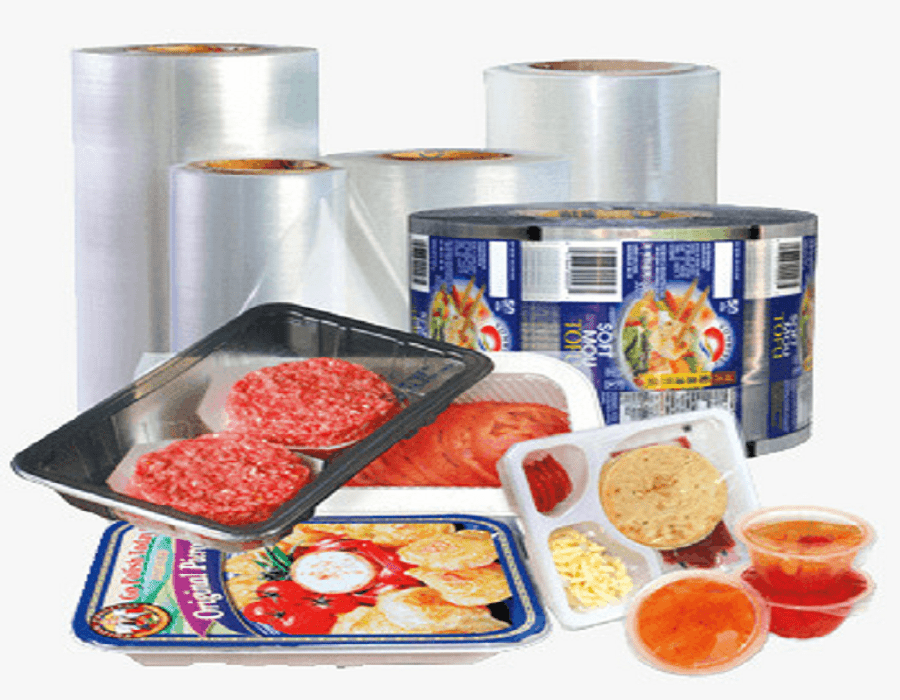A Comparative Analysis of the Effect of Coupling Agent with Different Grafting Level on Mechanical Properties of HFFR Compounds

A Comparative Analysis of the Effect of Coupling Agent with Different Grafting Level on Mechanical Properties of HFFR Compounds
Polymers containing the flame-retardant substance are compounds used as an alternative to PVC based compounds in cables and other flame retardancy polymer compounds [1]. The most important feature of these compounds is that they emit less toxic smoke and gas, in addition to the property of flame retardancy [2]. the additives used in such cables are mainly mineral and have polar substances such as magnesium hydroxide and aluminum trihydrate or magnesium dihydrate, etc. so when they are combined with a non-polar polymer phase such as polyolefins, due to insufficient compatibility with the desired matrix, the compound suffers from the phenomenon of the phase separation. because of a sharp increase in melt viscosity and subsequent increasing torque, the production of such compounds is challengeable. All these factors together cause a sample with poor mechanical properties and low processability [3]. In such compounds, it is necessary to use a compatibilizer with high and efficient performance to create sufficient interaction at the interfacial boundary between a non-polar polymeric material and polar mineral substance to improve the joint surface of the filler and polymer matrix by creating appropriate chemical mechanisms to obtain optimum rheological and enhance processability of the polymer compounds [4].

Figure (1) – Some Applications of HFFR Compounds.
As discussed in the previous article, the use of appropriate coupling agents such as LLDPE-g-MA at a certain extent can have a significant effect on improving the properties of compounds containing mineral filler (HFFR). In this article, the main purpose is to compare two types of compatibilizers at different levels of maleic anhydride grafting content. For this purpose, a polymer blend with the base of EVA/ LLDPE /ATH with 60% of HFFR by weight, in the presence of two types of coupling agents with medium grafting level between 0.7-1 and with high grafting level in the range of 1.3-1 were tested.
One of the key parameters in the production of flame retardant polymer blends is the measurement of the limit oxygen index (LOI); the larger this parameter is, the higher performance of the blend in flame retardation is achieved. In Figure (2), this index is examined for the desired blend and to investigate the effect of LLDPE-g-MA compatibilizer at different grafting levels.

Figure (2) – Comparison of The LOI Index of the EVA/LLDPE /ATH Compound in The Presence of Two Type Coupling Agents with Different Grafting Levels [5].
Another parameter examined to compare the properties of this polymer compound is the MFI test; the results of two samples are given in Figure (3). As the results show, the use of a coupling agent with a higher grafting level leads to an HFFR compound with a higher MFI.

Figure (3) – Comparison the MFI Index of The Compound in The Presence of Two Compatibilizer Samples with Different Grafting Levels [5].
Another important parameter in polymer compounds, is the study of mechanical properties of the blend, such as elongation at break and tensile strength. The following diagrams show the amount of tensile strength and elongation at the break of the samples in the presence of two types of coupling agents at different grafting level.

Figure (4) – Comparison of Changes in Tensile Strength of EVA / LLDPE / ATH Blend in The Presence of Two Coupling Agents with Different Grafting Levels [5].

Figure (6) – Comparison of Changes in Elongation at Break of EVA / LLDPE / ATH in the Presence of Two Coupling Agents with Different Grafting Levels [5].
In most polymer compounds, the higher percentage of reactant functional groups in the coupling agent causes the greater ability of this type of coupling agent to establish sufficient interaction between the filler particles (polar element) and the polymer matrix (non-polar element). As shown in figure (4-5) by increasing the grafting level from medium to high, the mechanical properties of the compounds increase significantly. It is clear that the use of coupling agent with higher grafting level, has led to an increase in tensile strength at a higher level, and also its MFI has increased more. Improving mechanical properties such as tensile strength due to better reinforcement of the interfacial adhesion between the filler particles and the polymer matrix, this enhancement is accompanied by a simultaneous increase in the MFI compound.
Aria Polymer Pishgam Company has presented its coupling agent product based on functionalized linear low density polyethylene (LLDPE-g-MA), especially for using in HFFR compounds. For more information about this product and other related products, please contact the sales department of Aria Polymer.
Author: Ali Moshkriz




